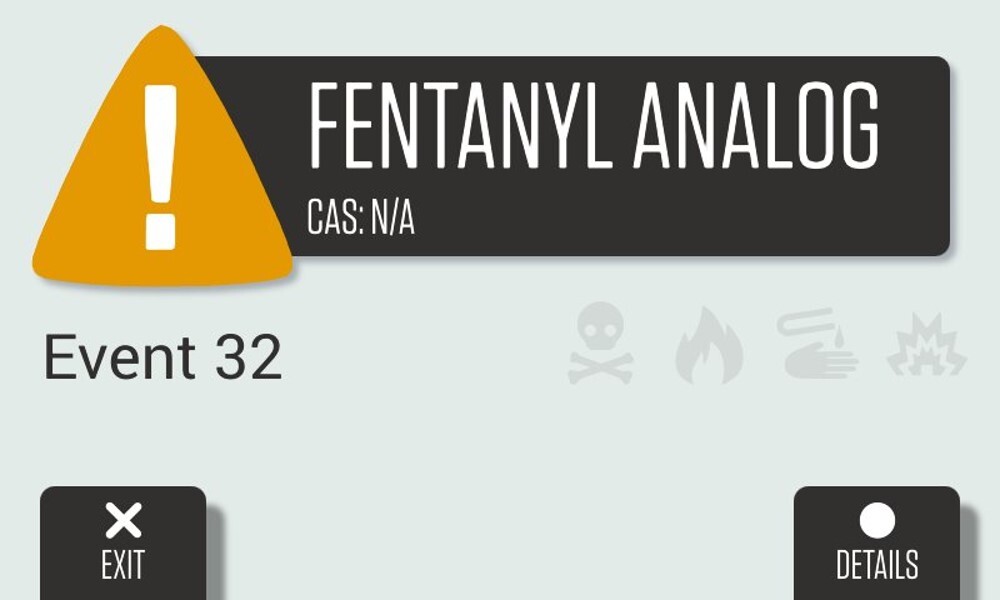The number of known and potential fentanyl analogs is estimated to be in the thousands, presenting a formidable challenge for drug identification technologies that depend on device “libraries” for substance detection.
What Is a Device Library?
A device library is a built-in reference database on a drug identification instrument. This database contains the unique chemical “fingerprints” of specific substances. When an unknown sample is analyzed, the device compares its chemical signature to those stored in the library. If a match is found, the device identifies the substance and alerts the user.
Why Are Fentanyl Analogs a Challenge?
The primary limitation of library-based systems is their dependency on pre-existing chemical references. Each analog must have a distinct entry in the database for accurate identification. With thousands of potential fentanyl analogs, device manufacturers must continuously develop and update reference spectra—a time-consuming and resource-intensive process. Users also bear the responsibility of ensuring their devices are regularly updated to incorporate newly identified substances.

How the MX908 Solves the Fentanyl Analog Library Problem
Recognizing this challenge, 908 Devices introduced the Fentanyl Analog Classifier for the MX908 in 2018. Rather than relying solely on an ever-expanding library, the MX908 employs an advanced algorithmic approach, enabling the detection of over 2,000 fentanyl analogs without requiring individual reference spectra.
Why This Matters
When a novel fentanyl analog emerges, it can take months or even years before it is incorporated into traditional device libraries. A recent public alert issued in December 2024 by the Center for Forensic Science Research and Education (CFSRE) highlighted the emergence of ortho-methylfentanyl, an analog detected with increasing frequency in Canada and the United States. Although first identified in Canada in 2023, it has since been confirmed in over 200 forensic samples.
Despite its recent emergence, the MX908’s Fentanyl Analog Classifier would have detected ortho-methylfentanyl upon initial testing—without the need for prior inclusion in a device library. This cutting-edge, algorithm-driven capability empowers the MX908 to stay ahead of the rapidly evolving synthetic opioid landscape.

Watch On Demand Webinar: Unmasking Nitazenes
Emily Dunn, a Forensic Chemist II from 908 Devices, delves into the rising nitazene crisis, drawing comparisons to the early days of the fentanyl epidemic. Learn how the MX908 is becoming an essential detection and identification tool in the fight against this emerging danger.